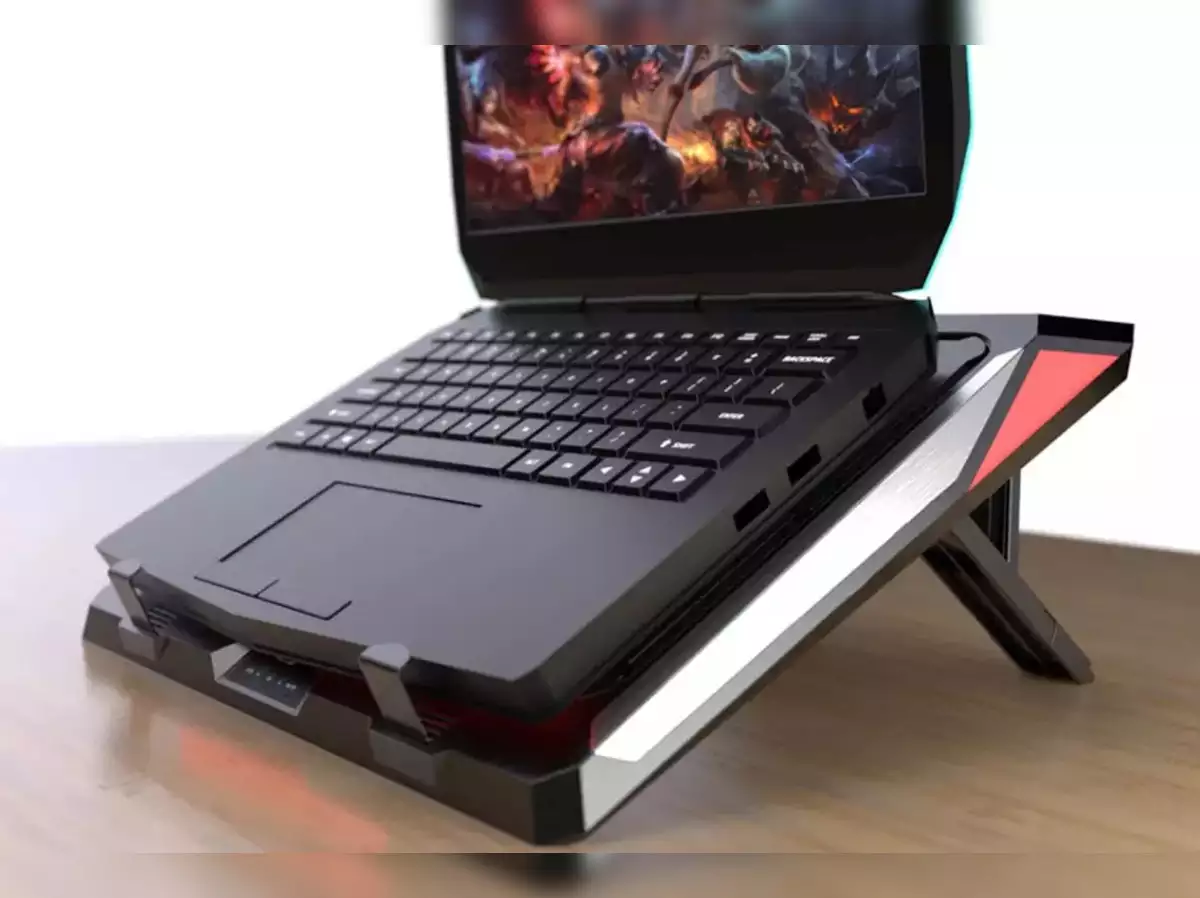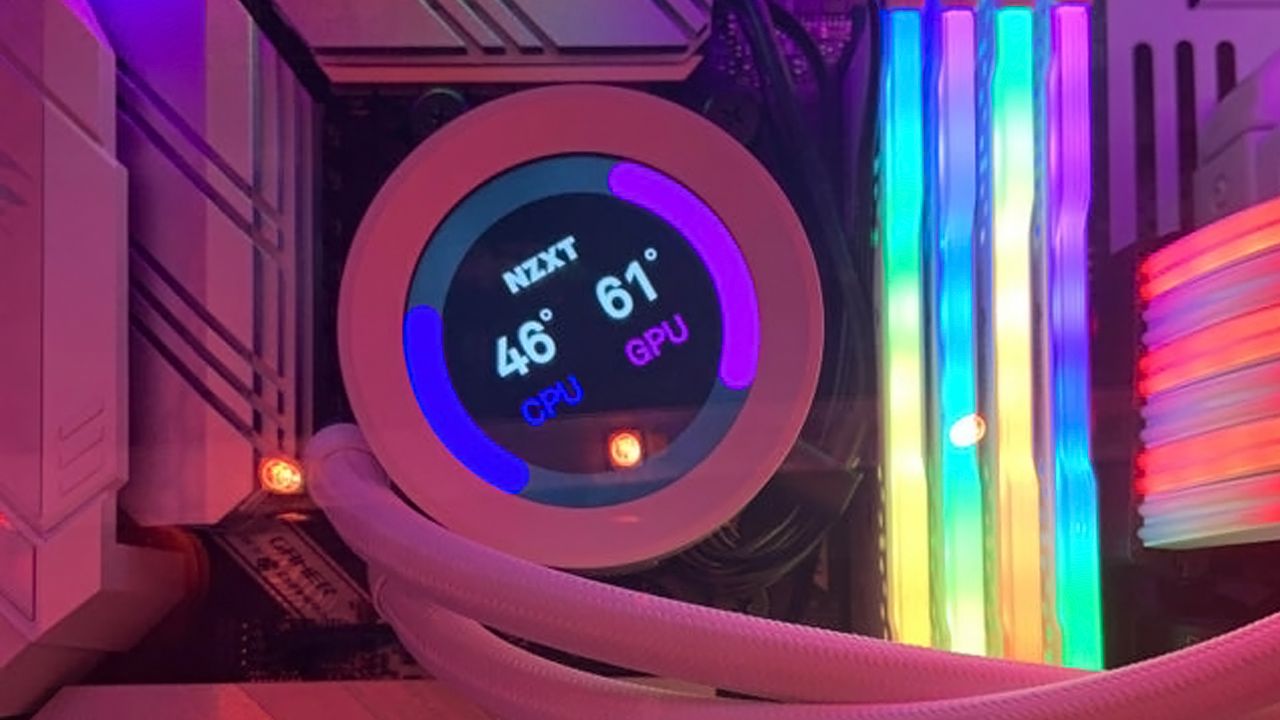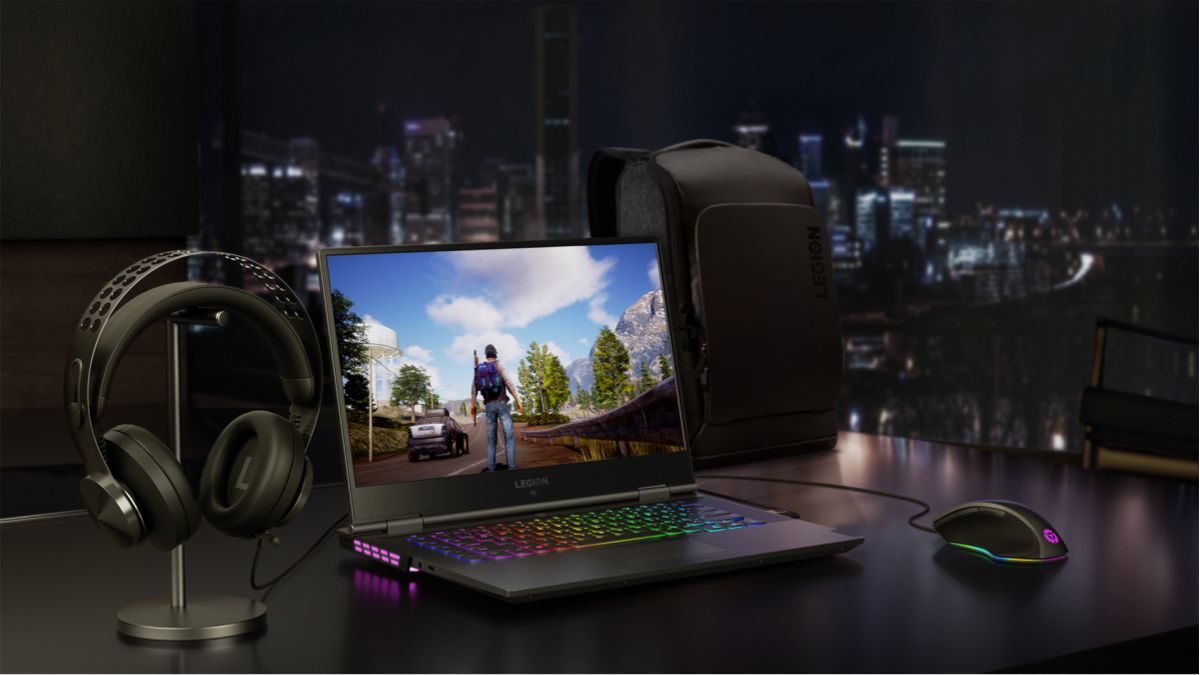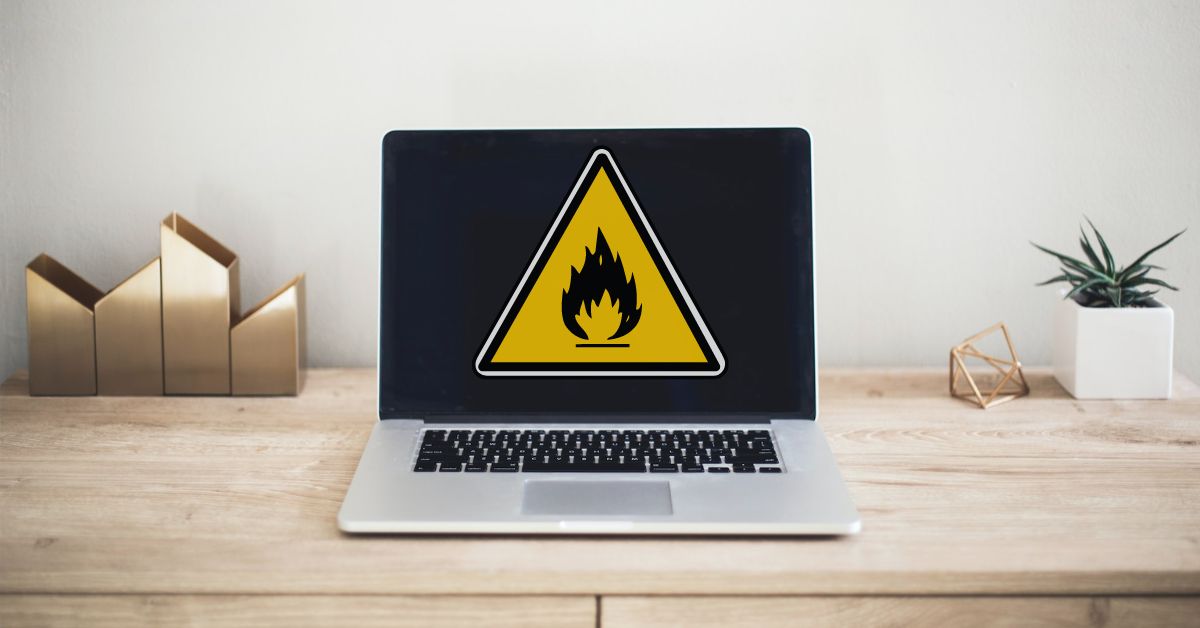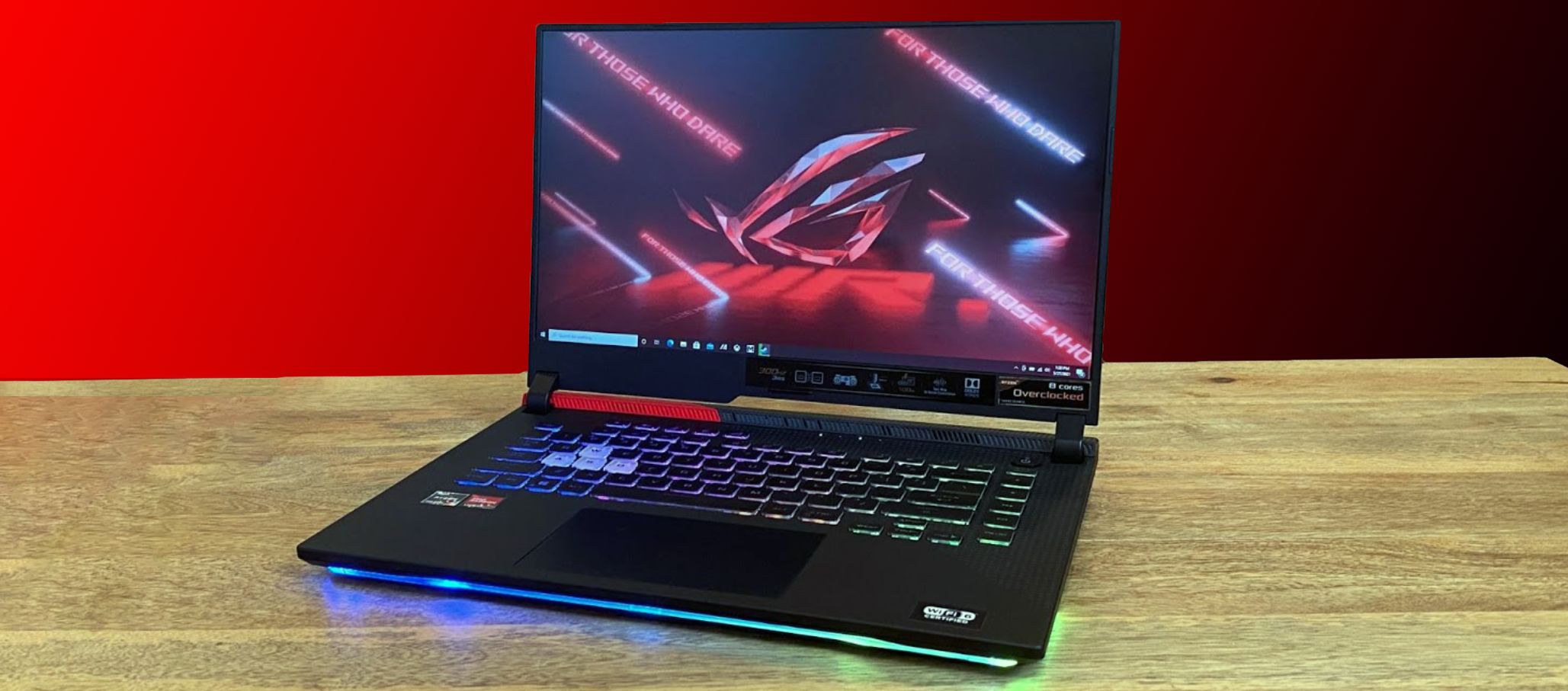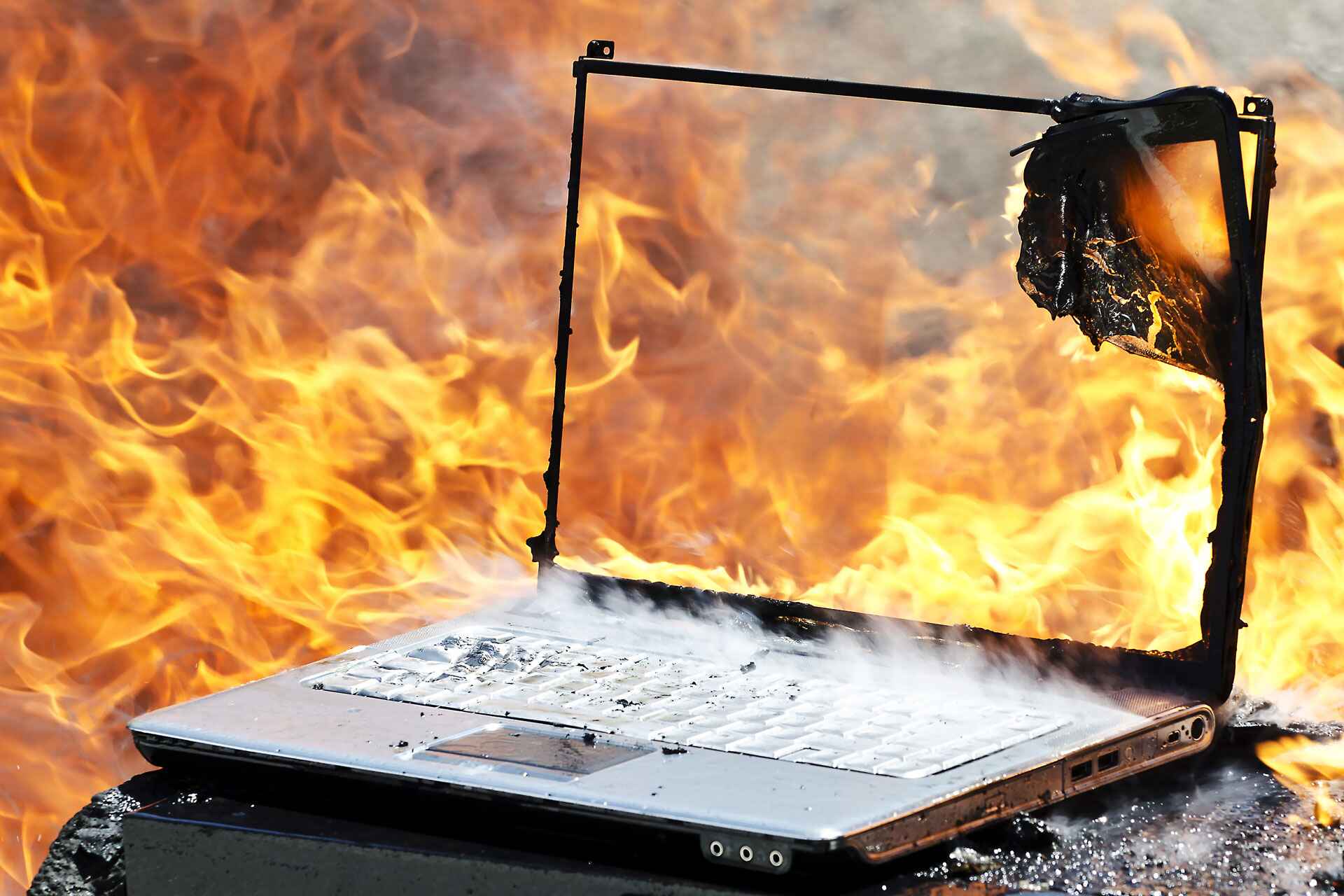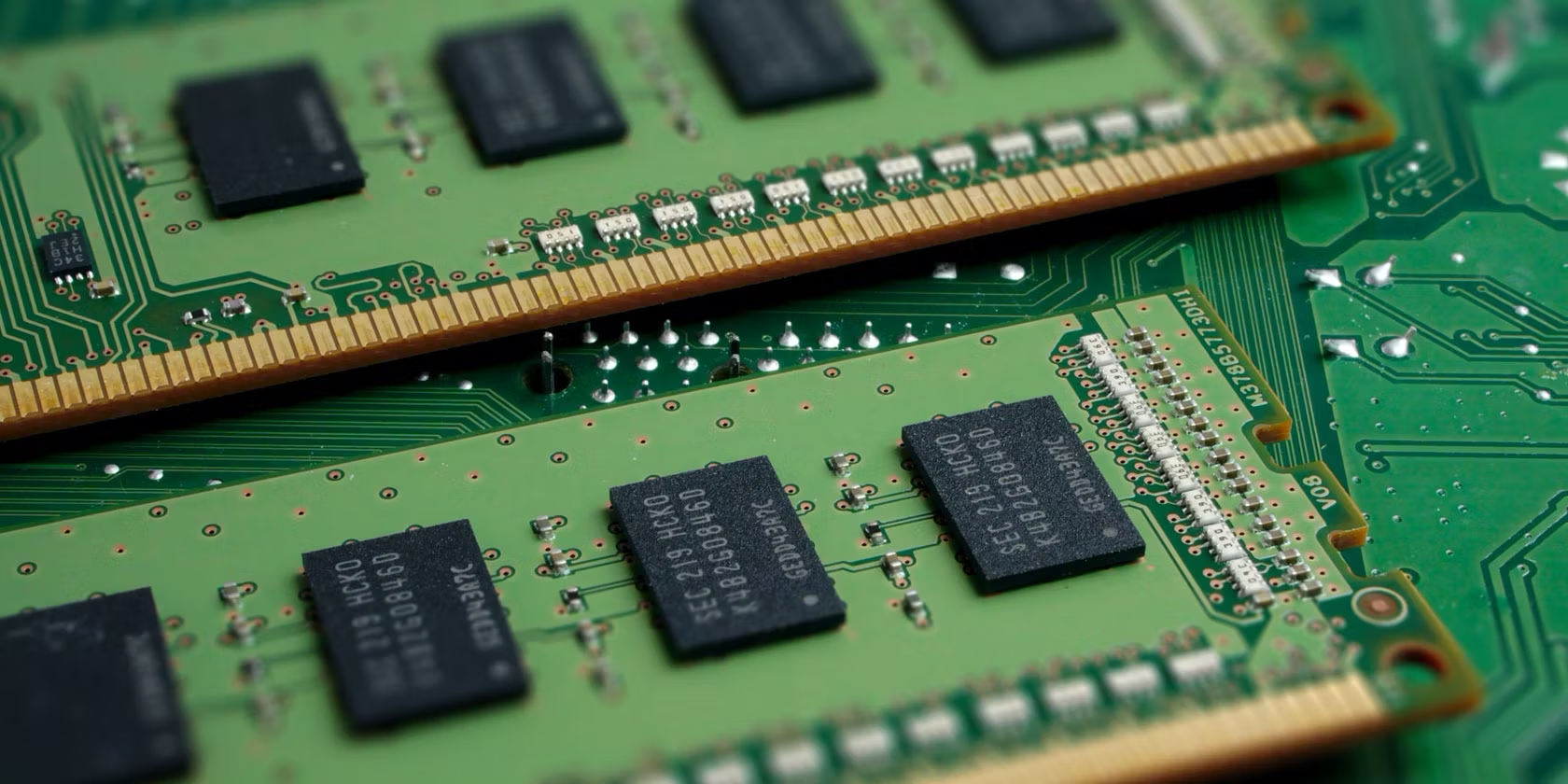Introduction
Gaming laptops have become increasingly popular among gamers due to their portability and high-performance capabilities. These powerful machines are designed to handle demanding games and provide an immersive gaming experience. However, one crucial aspect that often gets overlooked is the temperature at which these laptops run.
Temperature plays a vital role in the performance and longevity of a gaming laptop. When the internal components of a laptop heat up, it can lead to a range of issues, including decreased performance, system instability, and even hardware failure. Therefore, it is crucial for gamers to understand the ideal temperature range for their gaming laptops and take preventive measures to ensure they run within that range.
In this article, we will delve into the significance of temperature for gaming laptops, explore the ideal temperature range, discuss the consequences of running a laptop too hot, and provide essential tips for keeping your gaming laptop cool.
By the end of this article, you will have a clear understanding of the importance of temperature management for gaming laptops and how to optimize your gaming experience while safeguarding the health of your device.
Why is temperature important for a gaming laptop?
The temperature of a gaming laptop is a critical factor that directly impacts its performance and longevity. As gaming laptops are equipped with powerful hardware, including high-performance processors and dedicated graphics cards, they generate a significant amount of heat during intense gaming sessions.
When a laptop runs at elevated temperatures for extended periods, it can lead to several issues. Firstly, higher temperatures can cause the performance of the components to diminish. This means that your gaming laptop may not be able to deliver the desired frame rates, resulting in a laggy and unsatisfactory gaming experience. Additionally, overheating can also lead to system instability and unexpected crashes, disrupting your gameplay and potentially causing data loss.
Moreover, excessive heat can be detrimental to the overall lifespan of your gaming laptop. Heat accelerates the degradation of electronic components, leading to a shorter lifespan and potential hardware failures. This can be costly to repair and may result in the need for a replacement laptop sooner than expected.
By actively monitoring and controlling the temperature of your gaming laptop, you can mitigate these issues and ensure optimal performance and longevity. Proper temperature management allows for efficient cooling of the internal components, preventing them from reaching critical temperatures that can cause damage or compromise performance.
It is worth noting that temperature management is not only crucial during gaming sessions but also during regular use. Tasks such as video editing, rendering, and running resource-intensive software can also elevate the temperature of your laptop. Therefore, understanding the significance of temperature and implementing measures to keep it in check is essential for any gaming laptop owner.
Ideal temperature range for gaming laptops
For optimal performance and longevity, it is important to ensure that your gaming laptop operates within the ideal temperature range. While the exact temperature range may vary depending on the specific hardware and manufacturer, generally, a safe and healthy temperature range for a gaming laptop is between 60°C to 80°C (140°F to 176°F) under load.
During intense gaming sessions, it is normal for gaming laptops to reach higher temperatures. However, it is important to monitor the temperature closely and take action if it consistently exceeds the upper limit of the recommended range. Continuous exposure to temperatures above the ideal range can cause long-term damage to the internal components.
Modern gaming laptops are equipped with built-in temperature monitoring tools, such as fan control software and temperature sensors. These tools allow you to keep an eye on the temperature of your laptop in real-time. If you notice that your laptop consistently reaches temperatures close to or exceeding the upper limit of the recommended range, it may be necessary to take steps to improve the cooling of your device.
It is worth mentioning that the ideal temperature range mentioned above is applicable for most gaming laptops. However, it is always best to refer to the manufacturer’s guidelines and specifications for your specific laptop model. Some gaming laptops may have different temperature tolerances, and exceeding those tolerances can void warranty or cause damage.
Keeping your gaming laptop within the ideal temperature range is crucial for maintaining optimal performance and preventing potential hardware issues. In the next section, we will explore the consequences of running a gaming laptop too hot and the importance of implementing cooling measures.
What happens if a gaming laptop runs too hot?
If a gaming laptop runs too hot for prolonged periods, it can lead to a range of issues that can negatively impact both the performance and longevity of the device.
One of the immediate consequences of excessive heat is decreased performance. When a gaming laptop operates at high temperatures, the internal components, such as the CPU and GPU, can throttle their performance to prevent overheating. This results in lower clock speeds and reduced computing power, leading to a decrease in frame rates and overall gaming experience.
In addition to performance issues, prolonged exposure to high temperatures can also cause system instability. The increased heat can lead to thermal throttling, where the laptop automatically reduces its performance to dissipate heat. This can result in sudden stutters, frame drops, and even system crashes during gameplay, disrupting the gaming experience and potentially causing data loss.
Overheating can also have long-term effects on the hardware of a gaming laptop. Excessive heat can cause stress on electronic components, leading to accelerated degradation and potential hardware failures. The lifespan of the laptop may be significantly reduced, and components such as the processor, graphics card, and motherboard may require costly repairs or replacements.
Another detrimental effect of running a gaming laptop too hot is the impact on battery life. High temperatures can accelerate the degradation of the laptop’s battery, leading to reduced overall capacity and shorter battery runtime. This can be particularly frustrating for gamers who rely on their laptops for portable gaming sessions.
It is important to note that prolonged exposure to high temperatures can also affect other peripherals connected to the gaming laptop. External hard drives, gaming mice, and keyboards can all be impacted by the heat generated by the laptop. Therefore, maintaining a proper temperature range not only protects the laptop itself but also ensures the longevity and performance of connected devices.
Overall, running a gaming laptop too hot can result in decreased performance, system instability, and potential hardware failure. To avoid these issues, it is crucial to implement measures to keep the temperature in check. In the next section, we will discuss effective tips for keeping your gaming laptop cool.
Tips for keeping your gaming laptop cool
Ensuring that your gaming laptop remains cool is essential for optimal performance and longevity. Here are some effective tips to help you keep your gaming laptop running at a safe and comfortable temperature:
- Elevate the laptop: Using a laptop cooling pad or simply propping up the back of the laptop can improve airflow and prevent heat from accumulating at the bottom of the device. This allows for better heat dissipation and helps keep the components cooler.
- Clean the laptop regularly: Dust and debris can accumulate on the internal components of your laptop, obstructing airflow and causing heat buildup. Regularly clean the vents and fans using compressed air or a soft brush to remove the dust and ensure proper cooling.
- Optimize software: Close unnecessary background processes and applications that consume system resources, as they can generate additional heat. Also, regularly update your operating system, drivers, and gaming software to ensure optimal performance and compatibility.
- Manage power settings: Adjust your power settings to prioritize energy efficiency and cooling. Use the power-saving or balanced mode instead of high-performance mode during gaming sessions to reduce excessive heat generation.
- Monitor and control fan speed: Make use of fan control software to manually adjust the fan speed of your laptop. Increasing the fan speed can enhance cooling efficiency, but it may also result in increased noise. Find the right balance to maintain a healthy temperature while minimizing noise levels.
- Avoid gaming on soft surfaces: Using your gaming laptop on soft surfaces like beds or sofas can obstruct airflow and lead to heat buildup. Opt for a firm and flat surface like a desk or table to provide better ventilation and cooling.
- Undervolt the CPU: If your gaming laptop supports it, consider undervolting the CPU. Undervolting reduces the voltage supplied to the processor, which can lead to lower temperatures and improved efficiency without sacrificing performance.
- External cooling solutions: If you frequently push your gaming laptop to its limits or live in a particularly hot environment, consider investing in additional cooling solutions like laptop cooling pads or external cooling fans. These can provide extra airflow and heat dissipation to keep your laptop running cool.
Implementing these tips and best practices will help you maintain a cooler and healthier operating temperature for your gaming laptop. By keeping the temperature under control, you can enjoy improved performance, enhanced stability, and extended lifespan for your beloved gaming companion.
Common misconceptions about laptop temperature
When it comes to laptop temperature, there are several misconceptions that prevail among gamers and laptop owners. It is important to dispel these myths to ensure accurate understanding and proper temperature management. Here are some common misconceptions about laptop temperature:
- Hot laptops mean better performance: Some people believe that if a laptop feels hot to the touch, it must be performing better. However, this is not true. A gaming laptop running excessively hot indicates poor heat management and can actually lead to decreased performance and potential hardware issues. It is important to focus on maintaining a safe and optimal temperature range rather than associating hot temperatures with better performance.
- Cooling pads are the ultimate solution: While laptop cooling pads can provide some benefits by improving airflow, they are not always a one-size-fits-all solution. The effectiveness of a cooling pad depends on various factors such as the design of the laptop, the type of internal cooling system, and the specific usage scenario. In some cases, other cooling solutions or laptop adjustments may be more effective than cooling pads alone.
- Overclocking leads to overheating: While overclocking can increase the performance of your laptop, it does not necessarily mean that it will result in overheating. Overclocking should be done cautiously, considering the thermal limitations of your laptop. With proper cooling measures in place, such as adequate airflow and temperature monitoring, it is possible to safely overclock your laptop without causing overheating issues.
- Cooling software is unnecessary: Some laptop owners believe that using third-party cooling software is unnecessary or even harmful to their devices. However, many reputable cooling software applications can help optimize fan speed, monitor temperature, and provide additional control over the cooling system. When used responsibly and from trusted sources, these software solutions can be beneficial for managing laptop temperature.
- Temperature spikes are always a cause for concern: It is normal for the temperature of a gaming laptop to fluctuate during intense gaming sessions. Short-term temperature spikes should not immediately be a cause for concern, as long as they remain within the recommended temperature range. However, sustained high temperatures or frequent temperature spikes may indicate an underlying cooling issue that needs to be addressed.
By understanding and debunking these common misconceptions, you can adopt a more accurate perspective on laptop temperature and take appropriate measures to ensure the safe and optimal performance of your gaming laptop.
Conclusion
Gaming laptops have revolutionized the way we indulge in gaming, offering us the freedom to experience high-quality gaming on the go. However, it is crucial to recognize the importance of temperature management for these devices.
Throughout this article, we have explored why temperature is important for gaming laptops and the consequences of running a laptop too hot. We have also provided valuable tips for keeping your gaming laptop cool and dispelled common misconceptions about laptop temperature.
Maintaining a safe and optimal temperature range is essential for ensuring optimal performance, stability, and longevity of your gaming laptop. By implementing simple practices such as elevating the laptop, regularly cleaning the internals, optimizing software, and managing power settings, you can significantly improve your laptop’s ability to dissipate heat and keep the internal components cool.
It is important to remember that different gaming laptops may have specific temperature tolerances, so always refer to the manufacturer’s guidelines and specifications for your particular device.
By paying attention to the temperature of your gaming laptop and taking proactive measures to keep it cool, you can enjoy a seamless gaming experience with improved performance and longevity. So, put these tips into practice and let your gaming sessions be a cool and enjoyable escape into the virtual world.









